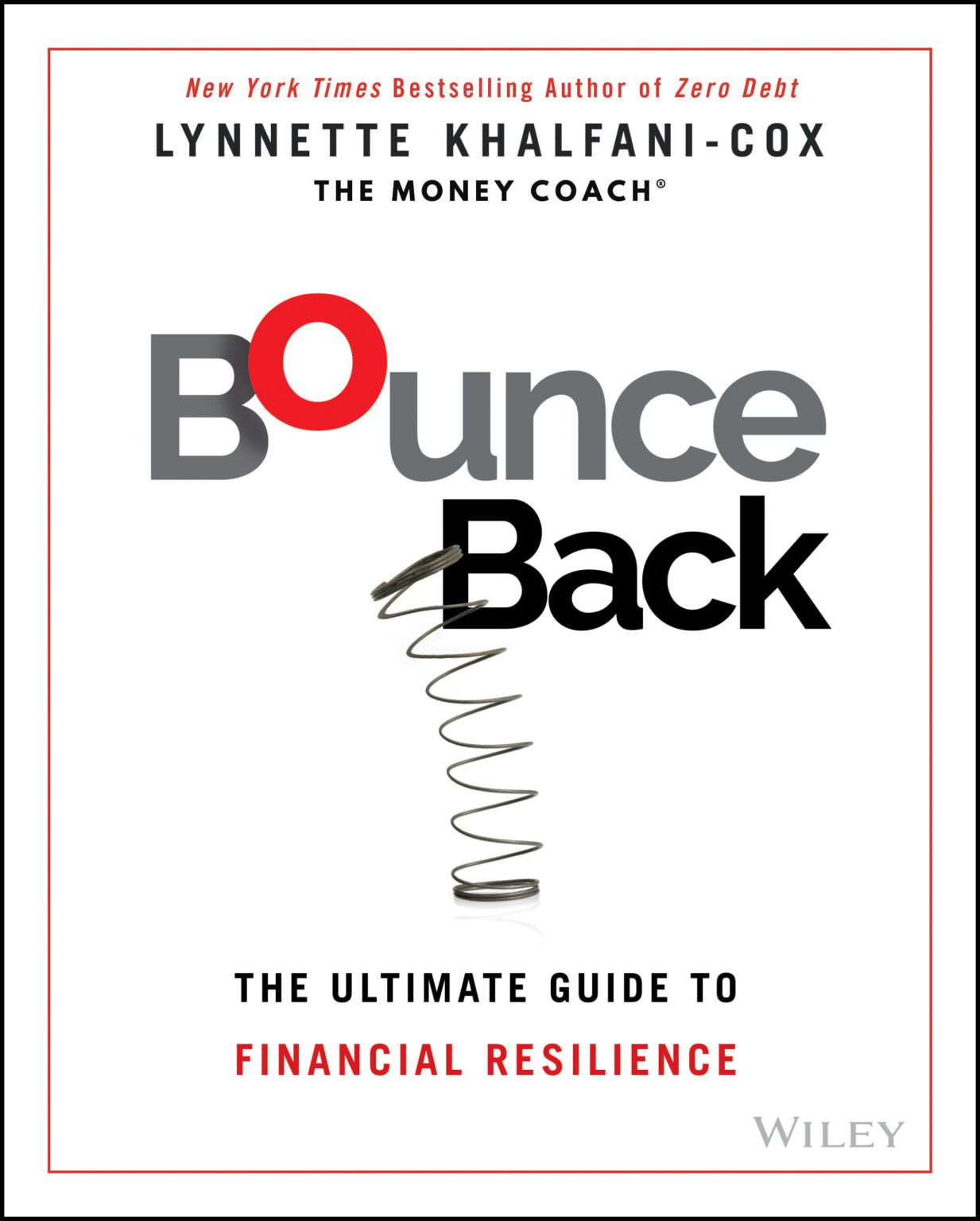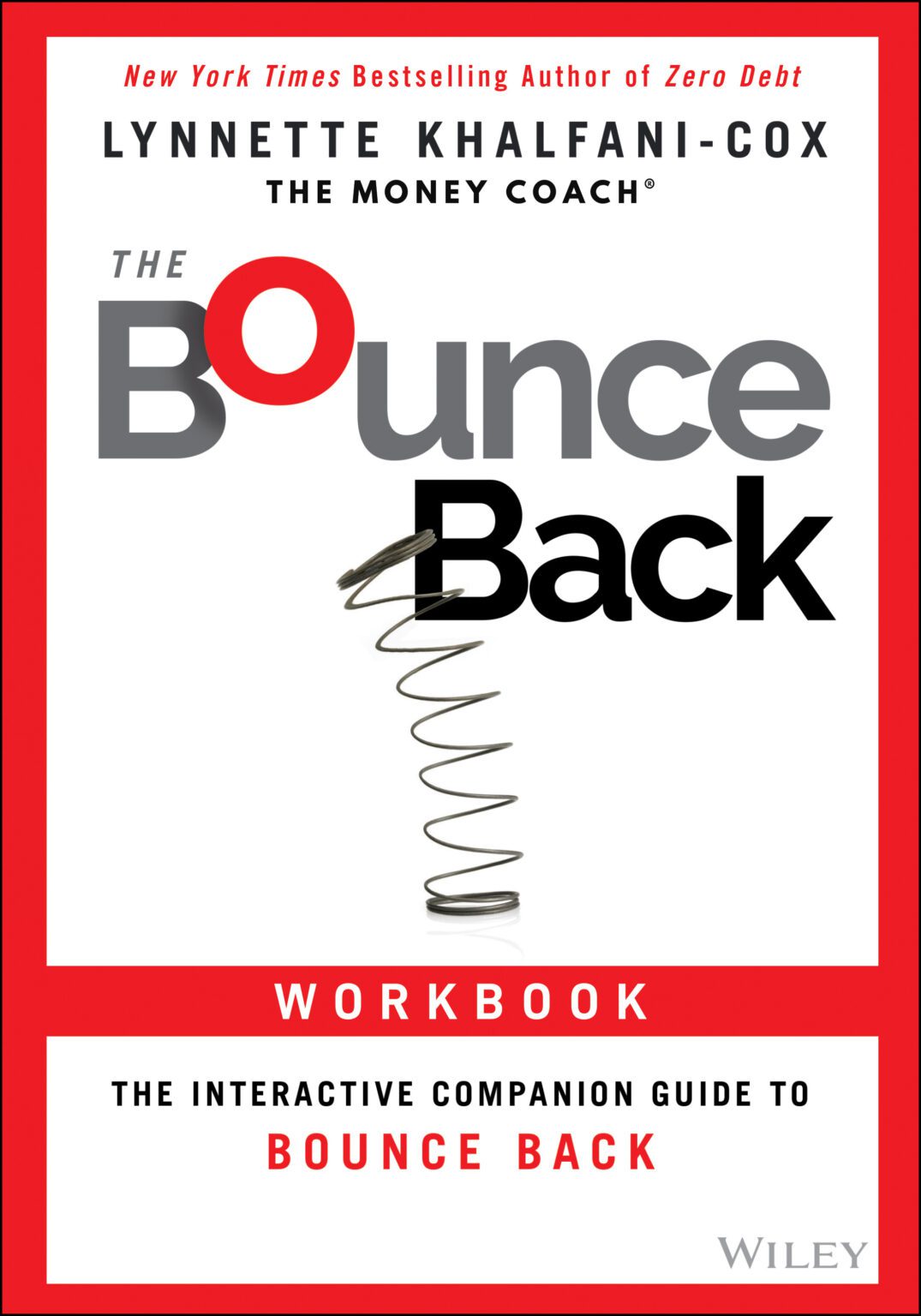The academic school year is already underway at colleges nationwide.
And while many students and families may have scrounged up the funds to cover the first semester or quarter, the reality is that scores of families will struggle to pay tuition and other expenses throughout the full school term and beyond.
If you need additional college funding, student loans, or you plan on applying for additional aid in late 2012 or early 2013, you need to be aware of some important changes to the federal student aid programs.
Recent legislation has changed some of the eligibility requirements, borrower repayment incentives, and interest rates on certain types of federal loans.
Staying up-to-date on these changes can help you make the most informed decisions about your finances for the upcoming school year, and beyond.
Here’s a closer look at some of the recent changes to the student aid programs:
Eligibility Changes
If you enroll in a higher education program for the first time on or after July 1, 2012, you need to have either a high school diploma or a recognized equivalent to meet the basic eligibility requirements for federal student aid.
Previously, there was an option to pass an approved test or complete at least six credit hours (225 clock hours) of postsecondary education to apply for federal aid. Now, you must have a diploma, General Educational Development certificate (GED), or a homeschooling education.
Income Criteria Changes to Expected Family Contribution (EFC)
Students will be eligible for a higher amount of federal aid if they have a lower Expected Family Contribution (EFC). The EFC is the amount of money a student’s family is expected to contribute to the student’s college education. But the EFC is calculated based on a formula established by law.
The income amounts for the upcoming year have changed, and students automatically qualify for an EFC of zero if the family income is not greater than $23,000. To know the amount of your EFC, you still need complete the FAFSA form, which is the Free Application for Federal Student Aid.
Eligibility Requirements of Federal Pell Grant Program
If you have received a Pell Grant for 12 semesters or its equivalent, you will no longer be eligible for additional Pell Grants. Equivalency for these grants is calculated by adding the percentage of your Pell eligibility that you received each year. If the total amount exceeds 600%, you will be ineligible for additional Pell Grants. You can learn more about the Pell Grant eligibility limits on the U.S. Department of Education Federal Student Aid website.
Changes to Direct Subsidized Loans
One of the most significant changes this year involves direct student loans.
Direct subsidized loans are no longer eligible for interest rate subsidies during the six-month grace period. In addition, subsidized loans for undergraduate students with their first disbursement on or after July 1, 2012 and before July 1, 2013, have a 3.4% fixed interest rate.
If you are a graduate or professional student, you will no longer be eligible to receive subsidized loans. However, if you are a graduate or professional student, you may still qualify for up to $20,500 in unsubsidized loans each year.
Bye-Bye Repayment Incentives
Finally, the U.S. Department of Education will no longer be offering borrowers any type of repayment incentives. These incentives, mainly in the form of lower interest rates, had been offered to students who put their loan payments on auto-pay or who simply repaid their loans on time for a given number of months.
The U.S. Department of Education is prohibited from offering any type of repayment incentives to Direct Loan borrowers (except interest rate reductions for borrowers who set up an automatic debit from their bank account) for any loans disbursed on or after July 1, 2012.








